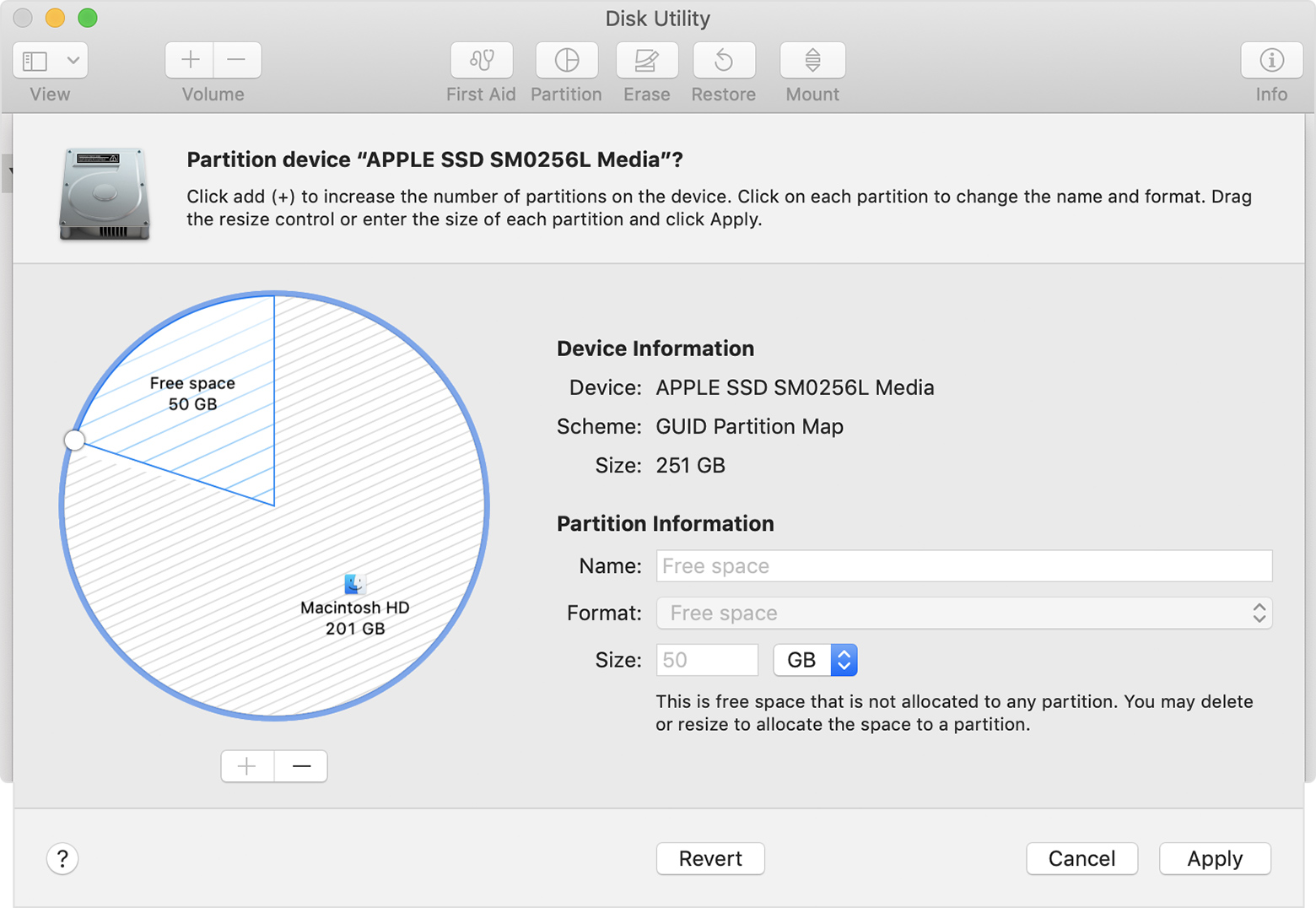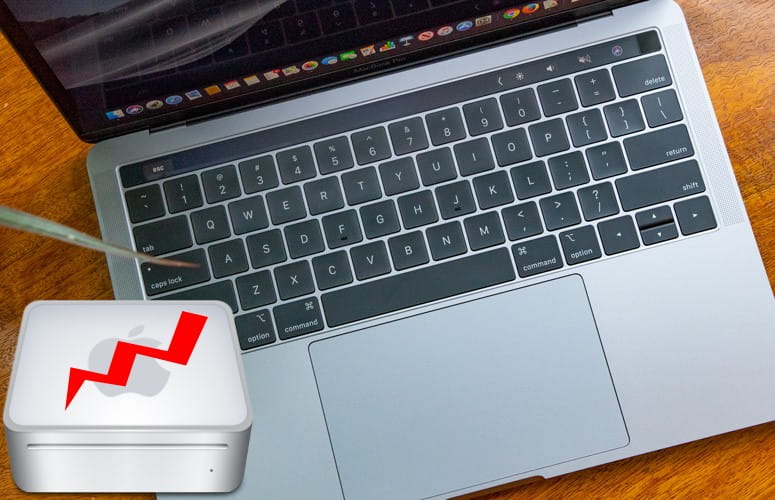


- HOW TO PARTITION A MACBOOK HOW TO
- HOW TO PARTITION A MACBOOK MAC OS X
- HOW TO PARTITION A MACBOOK PRO
- HOW TO PARTITION A MACBOOK MAC
If it’s not currently highlighted, it’s because Disk Utility usually shows the current Mac volume information, not the Mac disk information. The partition tool is one of six buttons at the top of the Disk Utility window (see image below). Or, since you’re running macOS Sierra, you can just click on the Siri icon and say “Launch Disk Utility”. Next, there’s a keyboard shortcut to get to the Utilities folder - Command + Shift + U from the Finder. First, one can go to Finder > Go > Utilities, then double-click on the Disk Utility icon.
HOW TO PARTITION A MACBOOK MAC OS X
During the macOS Sierra beta, my “test machine” was partitioned with Mac OS X El Capitan on one partition and macOS Sierra beta on another.ĭisk Utility can be launched several different ways.
HOW TO PARTITION A MACBOOK HOW TO
In this article, we’ll take a look at how to partition and erase drives using macOS Sierra’s updated Disk Utility. While we got into the details of how to verify or repair disks using Disk Utility, we didn’t cover the new partitioning tool. I treat each top-level folder as if it was a partition unto itself.At the end of September, the Rocket Yard gave you the scoop on the new version of Disk Utility that is now in macOS Sierra.

HOW TO PARTITION A MACBOOK PRO
Looking at my Mac Pro with a 64GB boot/application/"user" drive and a separate array with 6TB of storage, I have the following breakdown on the 6TB drive: I suggest you look at your thoughts regarding partitions and utilize folders to replicate the storage functionality. Each user is sequestered from the others and provides decent inter-user security and confidentiality. In most cases there is no problem housing multiple users on a single OS X machine. Caching and indexing on OS X allow you to "find", retrieve and open any file much faster than on platter-based storage. Today, those reasons are no longer pressing on our minds.Įven with a MacBook Air, there is no speed advantage to limiting the number of files or size of a partition.

Partitions not only made sense then, but were mandatory to shoehorn newer and larger technology into existing systems. In the early days of hard drives when the OS was effectively still built around floppy drives, there were real upper-end limits to the number of files or size of the logical drive. Multiple small partitions tend to reach this percentage filled much faster than a single, larger one. Speaking of "small" drives, performance tends to degrade as you fill a partition beyond 75% or 85%. And your SSD is not large enough to waste space this way. Every partition you add multiplies this loss. I use this extreme example to make this point: all partitions end us with some storage space that is "too small" to use. If you partition your 128GB drive to split the empty space, each partition would have 40GB of room, thus cutting the largest file you could save in half. If your single partition has 80GB of space available, the largest single file can be 80GB in size. I'm not referring to the actual disk overhead lost to store the partition data, but the loss of usability when a larger contiguous chunk of space is broken into two or more smaller storage areas. One pressing reason to avoid partitioning a "small" drive: partitions "waste" space. I personally see very few reasons to partition your 128GB SSD, and a number of reasons to avoid doing so.


 0 kommentar(er)
0 kommentar(er)
